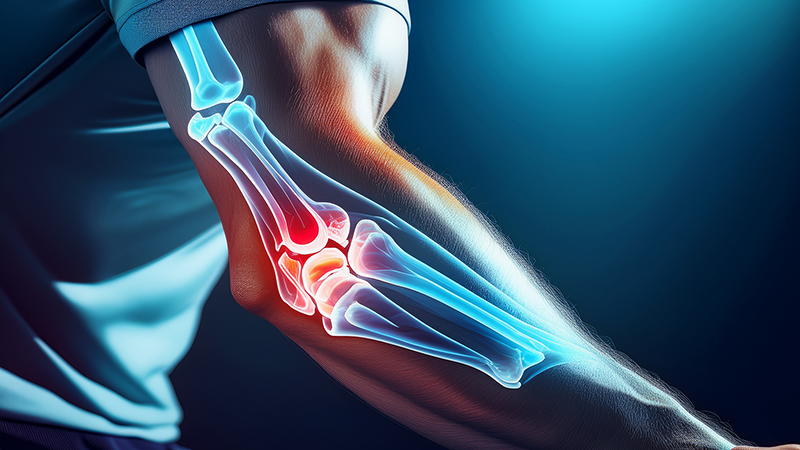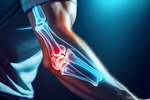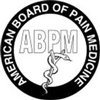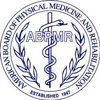
Tennis elbow, or lateral epicondylitis, is a common and often frustrating condition that causes pain on the outer part of the elbow. Despite the name, you don’t have to be a tennis player to get it—in fact, only about 5% of people diagnosed with tennis elbow actually play tennis. It’s more commonly seen in people who use their arms repeatedly for work or hobbies, like painters, carpenters, plumbers, or office workers who spend hours typing.
How Does Tennis Elbow Happen?
Tennis elbow occurs when the tendons that attach the forearm muscles to the outside of the elbow—especially the Extensor Carpi Radialis Brevis (ECRB)—become irritated or inflamed due to overuse. These tendons are responsible for helping you extend your wrist and fingers. When they’re overused, tiny tears can develop, leading to pain, inflammation, and reduced function.
To better understand why tendons are so vulnerable, it helps to know how they work. A tendon is a tough but flexible band of tissue that connects muscle to bone. When a muscle contracts, it pulls on the tendon to create movement. Because tendons are stretched so tightly to ensure precise control, they’re also more prone to injury when used repetitively or improperly.
What Are the Symptoms?
Tennis elbow symptoms usually come on gradually and can include:
- Pain or burning on the outer part of the elbow
- Pain that worsens with gripping, lifting, or twisting motions
- Weakness in the forearm and wrist
- Difficulty doing simple tasks, like holding a coffee cup or turning a doorknob
- Stiffness in the elbow, especially in the morning
Without proper treatment, symptoms can become chronic and limit your ability to work or perform daily activities.
Diagnosis
Diagnosing tennis elbow typically involves a physical exam and a review of your symptoms. Imaging like X-rays or MRI might be used to rule out other conditions such as arthritis, nerve impingement, or even cervical spine problems that can mimic elbow pain.
Treatment Options
Treatment for tennis elbow usually starts with conservative, non-invasive options:
- Rest: Avoiding activities that strain the elbow
- NSAIDs: Medications like ibuprofen to reduce pain and inflammation
- Physical therapy: Targeted exercises to stretch and strengthen the muscles and tendons
- Bracing: Elbow braces or forearm straps can offload stress from the tendon
If conservative options aren’t enough, second- and third-tier treatments include:
- Steroid injections: These offer quick relief by reducing inflammation, but long-term use is discouraged because they may actually hinder healing
- Ultrasound shock wave therapy: This triggers new blood flow to promote natural healing
- PRP (Platelet-Rich Plasma) therapy: A patient’s own blood is spun in a centrifuge, and the concentrated platelets are injected into the injured area to accelerate healing. PRP has minimal risk and can be repeated, but it’s not always covered by insurance
- Ultrasound-guided tenotomy: A minimally invasive procedure that removes damaged tendon tissue
- Nerve blocks: For severe pain, these can interrupt pain signals and offer relief
- Surgery: Typically a last resort, surgical outcomes can vary and recovery may be lengthy
Prevention
Preventing tennis elbow comes down to protecting your tendons and using your body efficiently:
- Use proper form when lifting, gripping, or playing sports
- Build forearm and wrist strength through conditioning exercises
- Stretch regularly to maintain flexibility
- Make ergonomic adjustments at your workstation
- Get properly sized sports equipment—especially racquets—to minimize undue stress on your elbow and even your back
While tennis elbow primarily affects the elbow, poor technique in sports like tennis can also impact other parts of the body, including the low back. Trunk rotation, improper serve mechanics, and poor core strength can lead to back pain, which may contribute to or worsen upper limb conditions by altering your mechanics.
Conclusion
Tennis elbow may start as a minor irritation but can quickly evolve into a persistent source of pain and frustration if left untreated. Understanding the condition—what causes it, who it affects, and how it can be treated—is the first step toward recovery. Whether you're an athlete, a tradesperson, or someone working long hours at a desk, early intervention and proper care are key. From conservative therapies to advanced interventional options like PRP injections and shockwave therapy, there are effective ways to manage and overcome tennis elbow. If you’re struggling with elbow pain, don’t wait—seek expert guidance and start your path to healing today.
Precision Pain Care and Rehabilitation has two convenient locations in Richmond Hill – Queens, and New Hyde Park – Long Island. Call the Queens office at (718) 215-1888 or (516) 419-4480 for the Long Island office to arrange an appointment with our Interventional Pain Management Specialists, Dr. Jeffrey Chacko or Dr. Sonny Ahluwalia.
Note: This article is for informational purposes only and should not be considered medical advice. Consult a healthcare professional for personalized recommendations.















